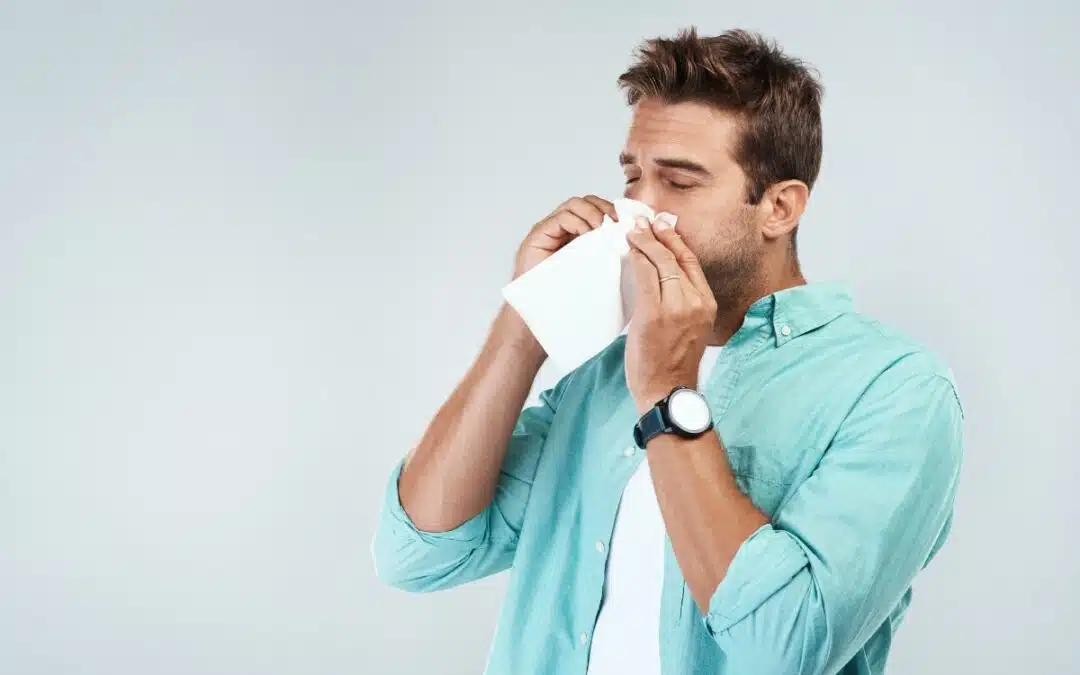Removing A Tooth At Home
Removing a tooth at home is a procedure that should be approached with caution and only considered in certain circumstances. While it’s understandable to want to avoid the costs or anxieties associated with a dental visit, the risks associated with improper tooth extraction can far outweigh any perceived benefits. This article aims to discuss the process, risks, and alternatives to removing a tooth at home, to help individuals make informed decisions about their oral health.
Understanding the Risks
The human mouth is a complex environment, home to numerous bacteria, some of which can cause infections if not managed properly. When a tooth is removed, the gum and bone are exposed, creating an open wound that requires careful management to heal properly. In a dental office, professionals take precise measures to minimize the risk of infection and ensure the extraction site heals correctly. At home, without the proper equipment, training, and sterile conditions, the risk of infection, improper healing, and further complications increases significantly.
When is Removing a Tooth Necessary?
There are several reasons why a tooth might need to be removed. These include:
- Severe Decay or Crack: If a tooth is decayed to the point where it cannot be saved with a filling or crown, or if it is cracked beyond repair, extraction might be the best option.
- Periodontal Disease: Advanced gum disease can cause teeth to become loose, making removal necessary.
- Impaction: Teeth that do not have enough room to come in properly, like wisdom teeth, may need to be removed to prevent overcrowding, pain, and infection.
- Preparation for Orthodontic Treatment: In some cases, teeth may need to be removed to make room for movement during orthodontic treatment.
Alternatives to Removing a Tooth at Home
Before considering removing a tooth at home, it’s crucial to explore alternatives that ensure safety and the best possible outcomes for your oral health.
- Dental Clinics: For those without access to regular dental care, community dental clinics can offer affordable options for tooth extraction and other dental services.
- Emergency Dental Services: Many cities have emergency dental services for urgent needs, including after-hours care for severe toothaches or injuries.
- Financial Assistance Programs: Some organizations offer financial assistance for dental care, recognizing the importance of oral health to overall well-being.
Preparing for a Professional Extraction
If you’ve decided to have your tooth removed by a professional, here are steps you can take to prepare:
- Schedule a Consultation: Before the extraction, you’ll have a consultation with your dentist to discuss the procedure, risks, and what to expect.
- Follow Pre-Procedure Instructions: Your dentist may give you specific instructions, such as not eating before the procedure or avoiding certain medications.
- Plan for Post-Procedure Care: Arrange for someone to drive you home and have a plan in place for managing discomfort and caring for the extraction site.
Post-Extraction Care at Home
After a professional extraction, following your dentist’s instructions for post-extraction care is crucial for preventing complications and promoting healing.
- Bite on the Gauze: For a certain period, bite down gently on the gauze placed over the extraction site to help stop the bleeding.
- Rest and Avoid Strenuous Activities: Give your body time to heal by resting and avoiding heavy lifting, bending, or exercise.
- Manage Pain: Follow your dentist’s advice on pain management. Over-the-counter pain relievers are usually sufficient, but in some cases, a prescription might be provided.
- Keep the Extraction Site Clean: Rinse your mouth gently with warm salt water several times a day to keep the area clean and promote healing.
Conclusion
While the idea of removing a tooth at home might seem like a convenient or cost-effective solution, the risks associated with such a procedure far outweigh any perceived benefits. The importance of professional dental care cannot be overstated, especially when it comes to something as significant as tooth extraction. By understanding the risks, exploring alternatives, and following professional advice, individuals can ensure the best possible outcomes for their oral health and overall well-being.
What are the risks of removing a tooth at home?
+The risks include infection, improper healing, damage to surrounding teeth or jaw, and in rare cases, more severe complications such as abscesses or dry sockets. Professional dental care is highly recommended to minimize these risks.
How do I know if I need to have a tooth removed?
+A thorough examination by a dentist is necessary to determine if a tooth needs to be removed. Factors such as the extent of decay, gum disease, or the positioning of the tooth are considered. Your dentist will discuss the reasons for the recommendation and the procedure involved.
What can I expect during a professional tooth extraction procedure?
+Dental professionals will first numb the area around the tooth to minimize discomfort. Depending on the complexity of the extraction, it may be a simple procedure where the tooth is loosened and removed with forceps, or in more complex cases, it might require surgical extraction. Your dentist will explain the specifics of what to expect based on your situation.
